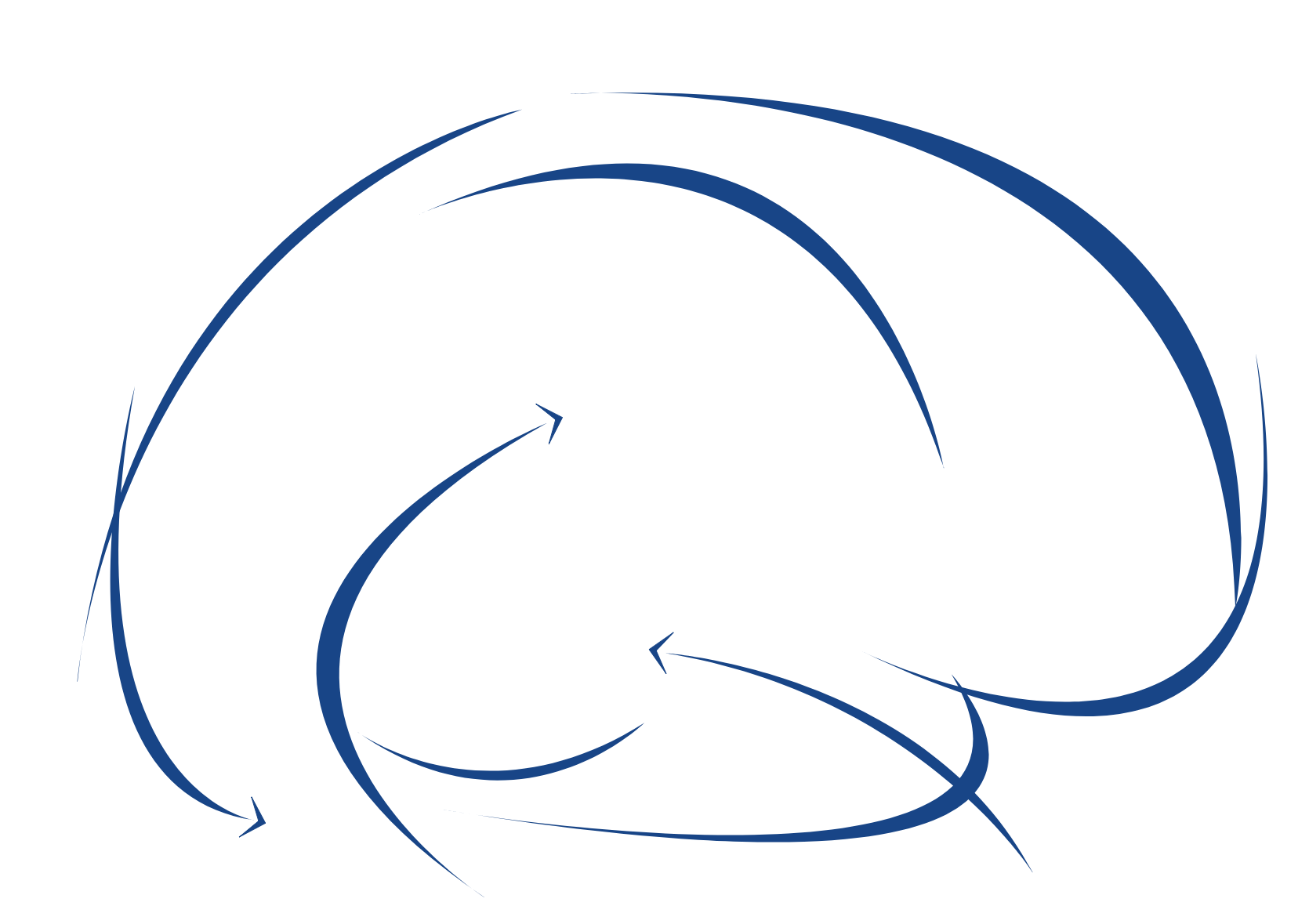Dr Charles QUAIRIAUX |
UNIVERSITÉ DE GENÈVE
https://www.unige.ch/medecine/neuf/en/research/grecherche/christoph-michel/g/charles-quairiaux/
Title :
Mechanisms and consequences of large-scale epileptic networks in temporal lobe epilepsy
Abstract:
The epileptic focus is held to be responsible for triggering seizures and driving interictal activities; however, it is not the only brain region involved. Patients with focal epilepsy can exhibit widespread anatomical and functional connectivity alterations, express remote interictal epileptic discharges (IEDs) and suffer from widespread cognitive dysfunctions. Not all patients in which the focus is surgically removed are completely seizure-free on the long term with possible recurrence in regions non-contiguous with the primary focus suggesting more distributed epileptogenic networks. To what extent these widespread alterations are the consequences of focal epileptic activities influencing distant neuronal networks? In the other way around, what is the influence of physiological or abnormal activities in distant regions for the activities of the focus? Studying these questions is crucial to better understand the pathophysiologic mechanisms of epilepsy. We decided to investigate how large-scale brain networks are influenced by epileptic activities and in turn influence the epileptogenic networks first in the hippocampal kainate mouse model of temporal lobe epilepsy. We reveal the development of a large-scale epileptic network characterized by alterations of brain network dynamics, by the progressive intensification of diffusing spikes invading hippocampal and neocortical regions in both hemispheres as well as by the expression of remote fast ripples1,2. We then also show in mice and human patients that focal and remote IEDs are preceded by large-scale low frequency synchronization and cross-frequency coupling3,4, two phenomena believed to be preponderant for communication between brain regions.
References
1. Sheybani, L., Birot, G., Contestabile, A., Seeck, M., Kiss, J.Z., Schaller, K., Michel, C.M., and Quairiaux, C. (2018). Electrophysiological Evidence for the Development of a Self-Sustained Large-Scale Epileptic Network in the Kainate Mouse Model of Temporal Lobe Epilepsy. J. Neurosci. 38, 3776–3791.
2. Słowiński, P., Sheybani, L., Michel, C.M., Richardson, M.P., Quairiaux, C., Terry, J.R., and Goodfellow, M. (2019). Background EEG Connectivity Captures the Time-Course of Epileptogenesis in a Mouse Model of Epilepsy. ENeuro 6, ENEURO.0059-19.
3. Sheybani, L., van Mierlo, P., Birot, G., Michel, C.M., and Quairiaux, C. (2019). Large-Scale 3–5 Hz Oscillation Constrains the Expression of Neocortical Fast Ripples in a Mouse Model of Mesial Temporal Lobe Epilepsy. ENeuro 6.
4. Sheybani L, Mégevand P, Spinelli L, Bénar CG, Momjian S, Seeck M, Quairiaux C, Kleinschmidt A, Vulliémoz S (2021). Slow oscillations open susceptible time windows for epileptic discharges. Epilepsia 2021
